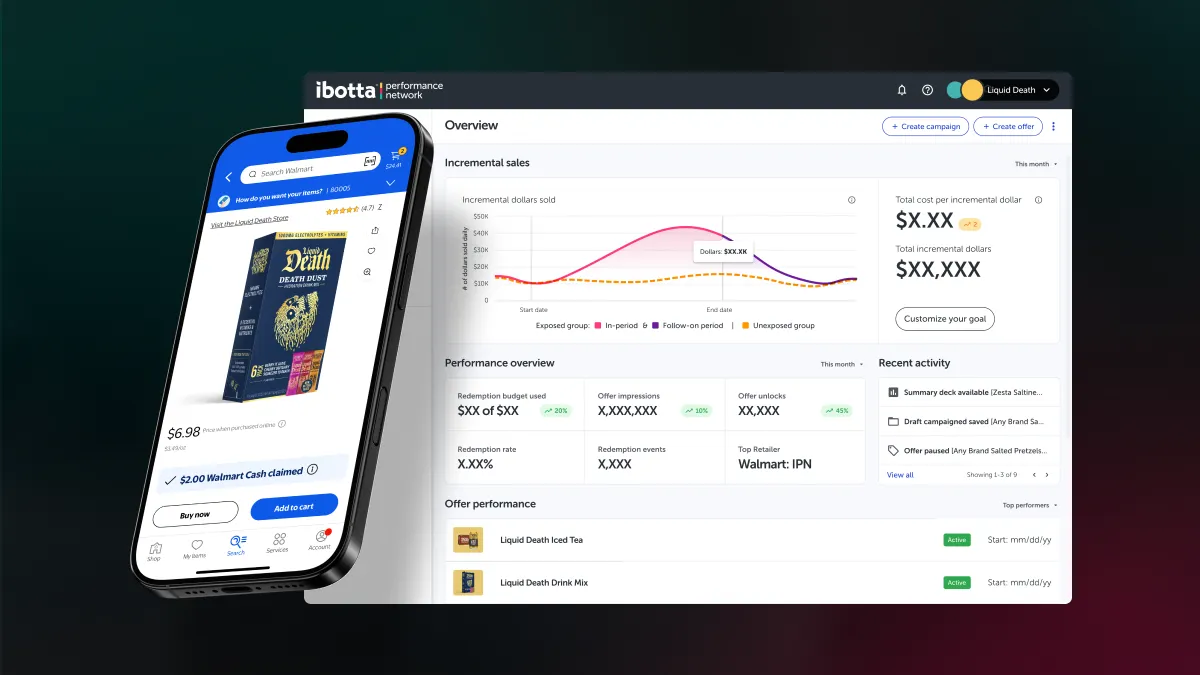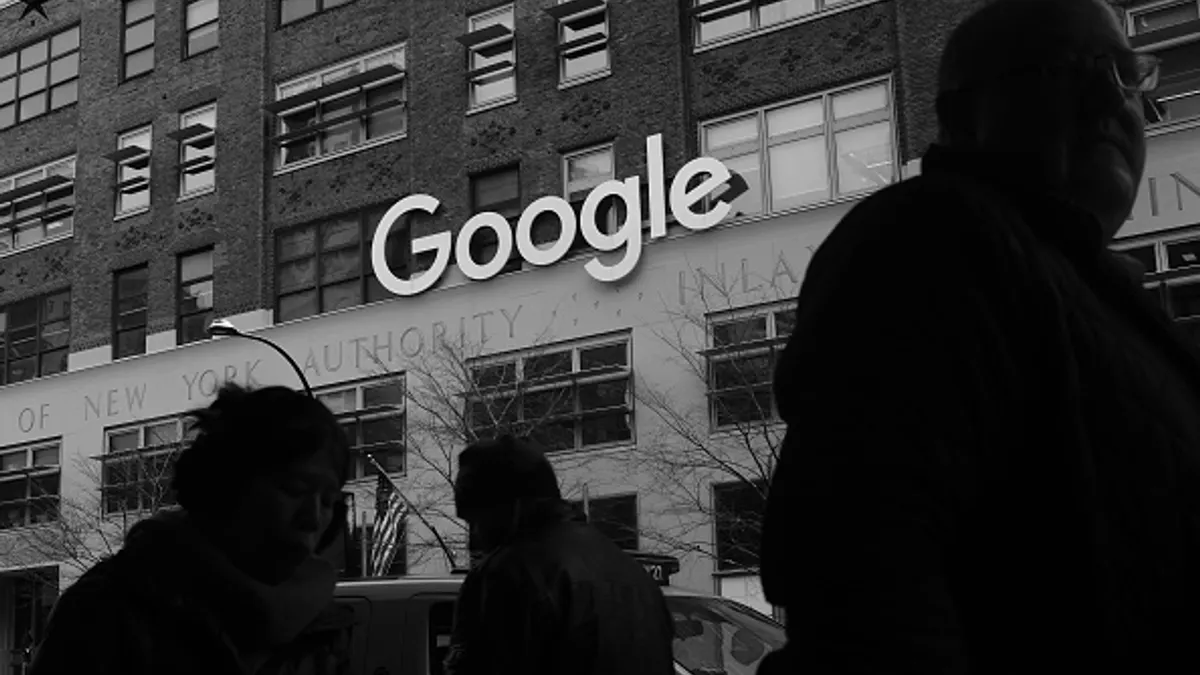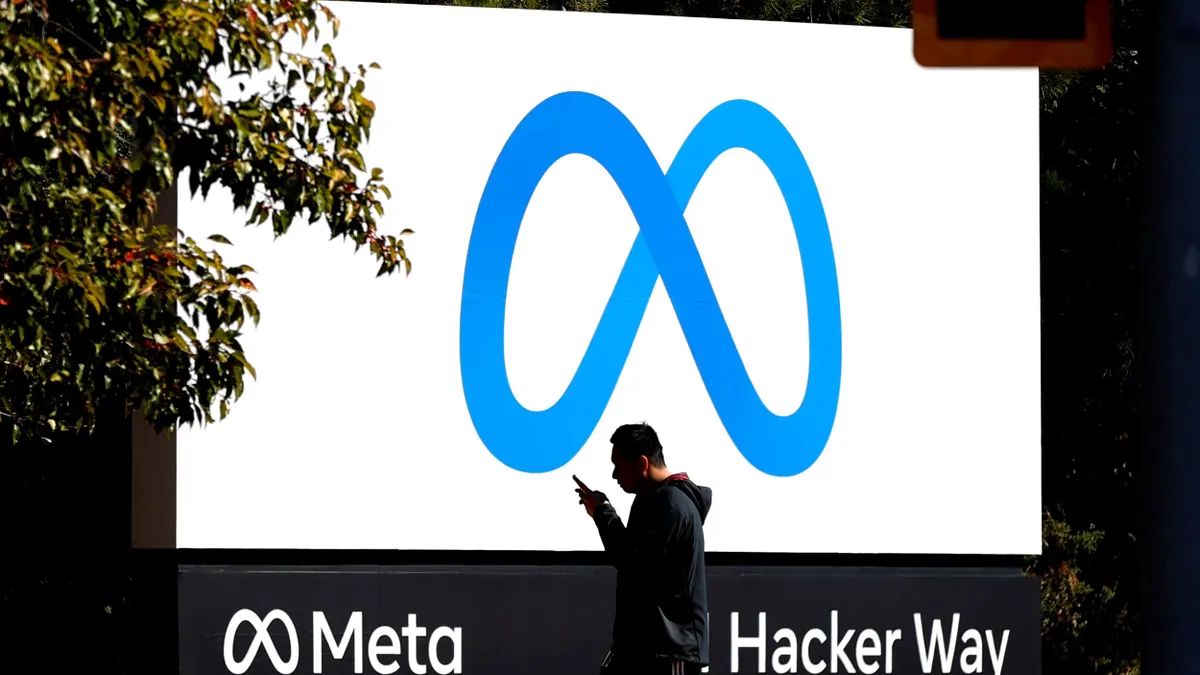Editor's Note: The following is a guest post from Dan Blacharski, an industry adviser and author of "Born in the Cloud Marketing: Transformative Strategies for the Next Generation of Cloud-Based Businesses."
The shift to the cloud involves more than simply using a different set of virtual, off-site tools for operations and sales. It often requires an entirely different go-to-market approach, representing a significant shift in everything from product and pricing to sales channels and marketing strategy.
Marketing on a broader level has seen dramatic shifts. According to Blue Ridge Partners' Michael Smith, three major shifts in marketing are an outbound to inbound transition, a focus on content marketing and the arrival of e-commerce in B2B segments.
The indirect impact of the cloud shift has had an outsized impact on marketers, who are being forced to abandon older tactics and create new ones, as both B2B and B2C consumers have higher and more sophisticated expectations, sales channels become virtualized and buyers do more of their own research online as the first step of the shopping journey.
"We're talking about a future of selling that is very different," Smith said. "Sellers are able to engage with their prospects and existing customers and manage those relationships in a much more sophisticated way."
Marketing tactics shift from outbound to inbound
Traditional marketing has long been rooted in outbound processes, from cold calling to direct mail, with the primary directive being: "Go out and find customers." The focus today is on realizing that customers are often going to find you first, and the task of marketers must be to enable them in doing just that.
According to Smith, an essential component of this inbound strategy is understanding the target market, who they are and where they're going — and to then build up a repository of knowledge about those potential buyers. Because buyers are more educated, they're less interested in sales pitches and more interested in a self-directed journey.
"Because they have already done their research, you have some awareness of where they have been, and they are much more focused on the solution," Smith said. And those buyers increasingly — for the tech industry — are not people from IT, but people from the business side.
"The buyer is changing," said Smith. "Especially for cloud related products, IT is not the decision-maker. These buyers are much more business-oriented, and there’s a big generational shift going on as well, so they've grown up in the world of self-service. They expect more of that, so you obviously have to provide that."
Facilitating that inbound journey is the role of content marketing.
Content marketing and thought leadership replace slogans and one-way discussions
Customers may be taking a self-directed journey that hopefully ends with that customer finding your company. But even though it's self-directed and doesn't start with the customer even knowing that you exist, the journey is still nonetheless enabled by the marketer — not through advertisements and superficial slogans, but through rich thought leadership, strategically placed on unbiased third-party sites. Those buyers are looking to reputable and established online media outlets and articles published by known thought leaders to gain insights into which products and solutions may be appropriate for their particular problem. They might not be interested in looking at an ad, but they're likely to read an article.
Marketers may not know precisely who those potential buyers are at first, but through Big Data, they know what they want and what their problems are. As those potential buyers go online to learn more about possible solutions for those problems, marketers cast a net by ensuring that the right information is available to be discovered in multiple places.
"Those buyers have done their research long before they end up calling a sales rep about a product," Smith said. "You influence that by having a product that works really well and using great content. It's not just about the quantity of content, it's about quality. And having someone who is curating that content is critical, and you need to be very thoughtful about how you repurpose that content across multiple channels to drive awareness and consideration in the marketplace."
Through the content marketing process, customers are coming in as a result of curated, quality content that's been effectively distributed across multiple channels.
B2B companies embrace e-commerce
E-commerce is, of course, driven by this shift to the cloud, but e-commerce maturity has been seen mostly in the B2C realm. This is beginning to change, especially among small and mid-sized businesses and in newer segments. The freemium model in particular is starting to gain a foothold in B2B markets, creating an effective e-commerce entry point.
"At any time, you have different people who want to try something before they buy, even in large enterprise companies," Smith said. "The freemium idea is to let people have exposure to it, and then once they use that and find it to be helpful, they are able to put some option there which gets people to take the next step and actually make a payment."
The point at which the user moves from free to paid is a delicate balance, and marketers must strike a balance between a usable free version and enough attractive add-ons in the paid version to make the switch worthwhile.
"That's where big data comes into play," Smith said. "Because the software product understands how I'm using it, they have a fair amount of information about me. Companies are taking that customer data and that level of understanding and knowledge, and they are able to come up with an offer at the right point in time, and that data intelligence becomes very critical."
The transition to the cloud is transformative and is rapidly changing how companies approach marketing strategy. Relationships and the customers themselves are more sophisticated and more educated about the products they're considering. Marketers will succeed in this new cloud-driven world by shifting their own go-to-market strategies to accommodate inbound tactics, catering to a more educated prospect and embracing the e-commerce models that buyers have come to expect.





















